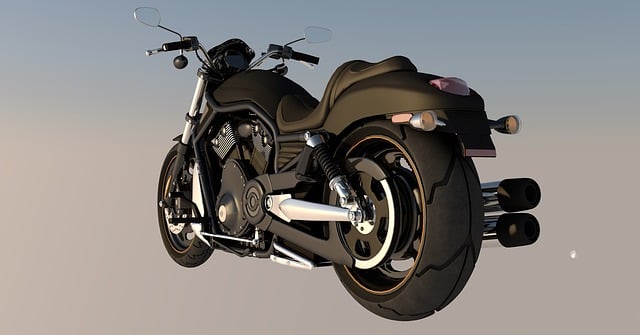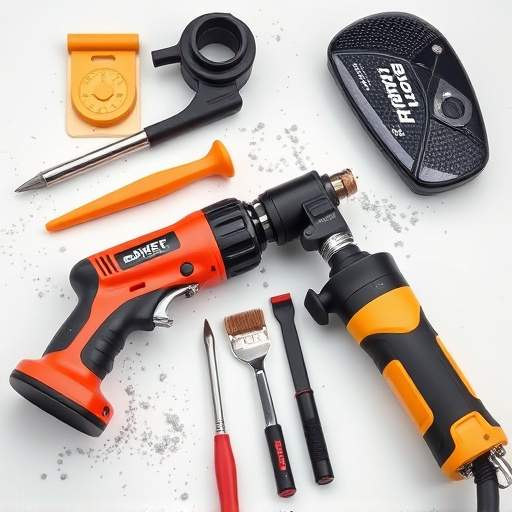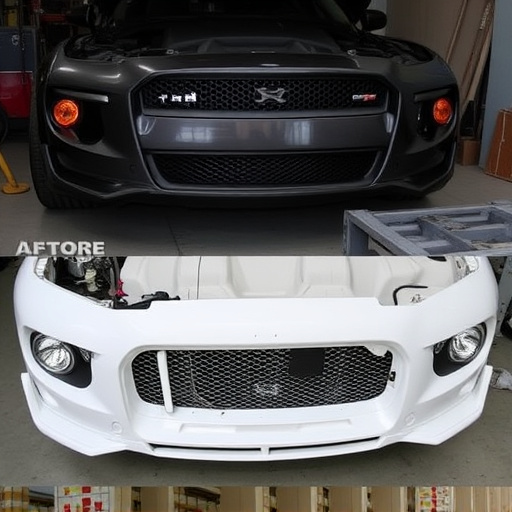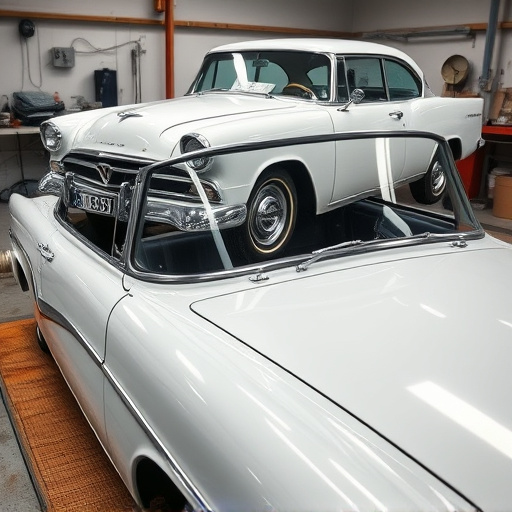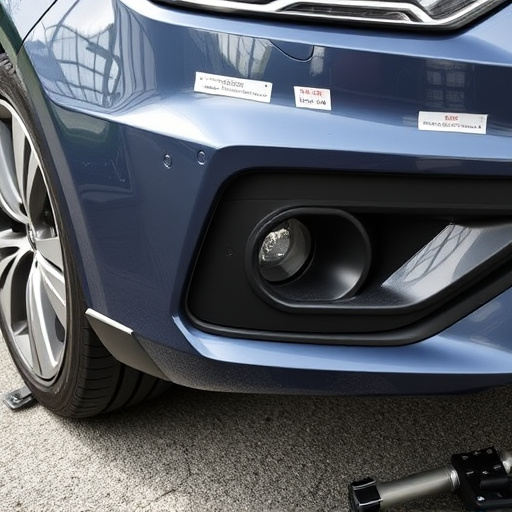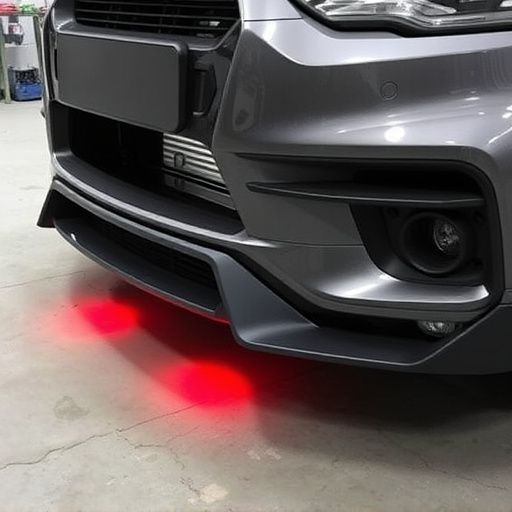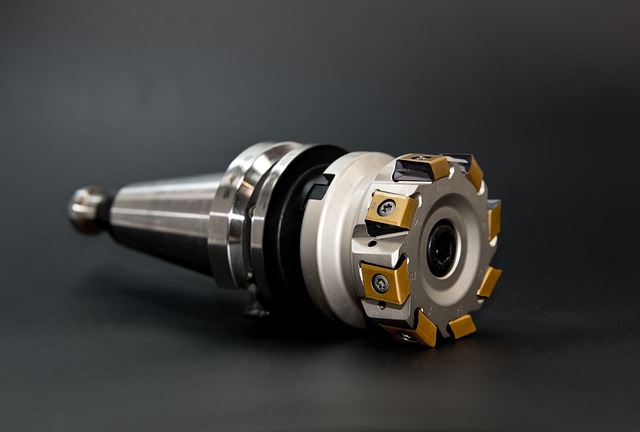Digital technologies like VR and AR revolutionize customer repair education by providing safe, interactive learning environments for aspiring auto technicians. These tools offer cost-effective, accessible training in collision damage, paintwork, and specialized repairs, enhancing understanding through detailed visualizations while reducing real-world risks.
In today’s digital age, customer repair education has evolved significantly. This transformation is driven by innovative tools and resources that enhance learning experiences. From digital platforms facilitating interactive learning to hands-on workshops and labs, these methods equip technicians with practical skills. Furthermore, virtual reality offers immersive repair simulations, allowing trainees to tackle complex scenarios in a safe environment. These advancements not only streamline training but also ensure customers receive superior service from better-prepared professionals.
- Digital Platforms for Interactive Learning
- Hands-On Training: Workshops and Labs
- Virtual Reality: Immersive Repair Simulations
Digital Platforms for Interactive Learning
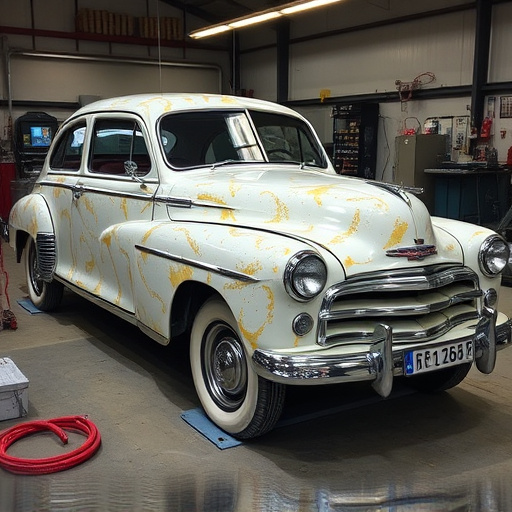
In today’s digital age, various online platforms have emerged as powerful tools for enhancing customer repair education. These digital tools offer interactive and engaging learning experiences, making complex automotive concepts more accessible to students. One notable trend is the utilization of virtual reality (VR) simulations, which allow trainees to immerse themselves in practical car bodywork scenarios. By donning VR headsets, students can virtually inspect and repair different vehicle models, from classic cars to modern Mercedes-Benz repairs, without any physical risk or cost. This innovative approach ensures that they gain hands-on experience while minimizing the need for real-world practice on actual vehicles.
Online learning platforms also incorporate augmented reality (AR) technologies, enabling students to visualize and manipulate digital components of a car body shop. This interactive learning environment facilitates a deeper understanding of auto body repair processes, ensuring that future technicians are well-prepared to tackle various challenges in their careers. These digital resources have revolutionized customer repair education, making it more efficient, cost-effective, and accessible for aspiring auto body shop professionals.
Hands-On Training: Workshops and Labs
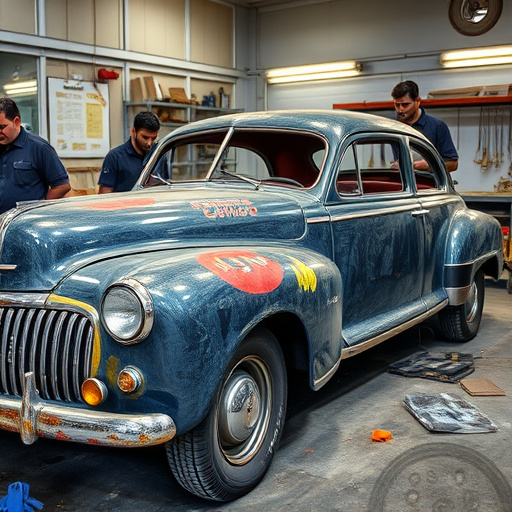
In the realm of customer repair education, hands-on training remains a cornerstone of effective learning. Workshops and labs provide students with the opportunity to engage directly with various tools and techniques used in collision damage repair, vehicle paint repair, and other specialized areas. These interactive sessions are designed to mimic real-world scenarios, enabling trainees to gain practical experience without the pressure of actual client work.
Through these immersive experiences, students can hone their skills in tasks such as body panel replacement, panel beating, and precise painting techniques. The environment allows for immediate feedback from instructors who can guide them through challenges, ensuring that each student develops a solid foundation in customer repair education. This blend of theoretical knowledge and practical application is key to preparing individuals for successful careers in the automotive industry.
Virtual Reality: Immersive Repair Simulations
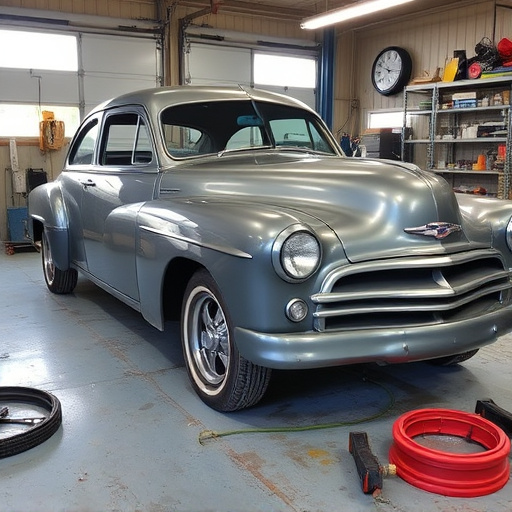
Virtual Reality (VR) technology is transforming customer repair education by providing immersive and interactive simulations that closely resemble real-world scenarios. Students can practice collision repair, automotive repair services, and car body shop tasks in a safe and controlled environment. This innovative approach enhances learning outcomes by enabling students to develop their skills without the risks associated with working on actual vehicles.
VR allows for detailed visualization of repairs, giving students a better understanding of intricate processes and the final product. It also offers the flexibility to access these simulations from anywhere at any time, making it an invaluable resource for modern repair education. By combining cutting-edge technology with practical training, VR is revolutionizing how future car body shop professionals are prepared to meet the demands of the industry.
Today’s customer repair education leverages a diverse range of tools and resources, from digital platforms facilitating interactive learning to hands-on workshops and cutting-edge virtual reality simulations. These innovative approaches not only enhance understanding but also prepare technicians for real-world challenges, ensuring they possess the skills needed to excel in the dynamic field of customer repair services.


